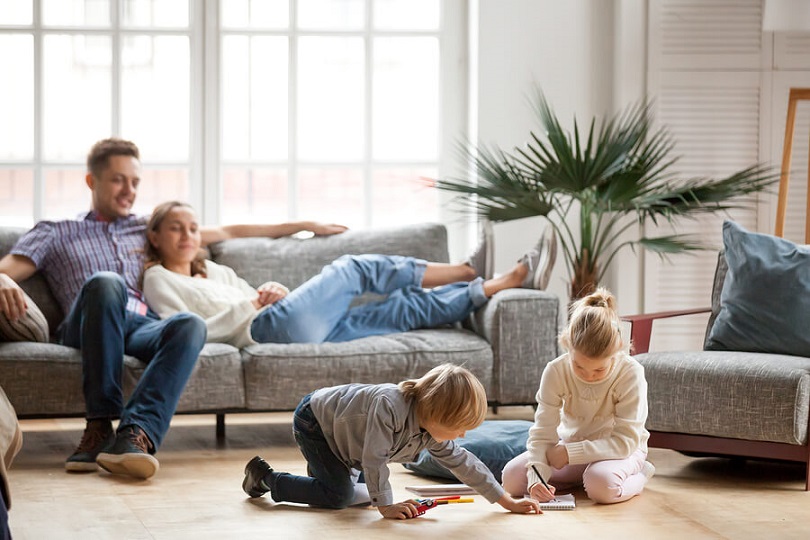It is time to wash up the air in buildings
In 1842, edwin chadwick, a british social reformer, posted his “record at the situation of the labouring populace”.Via documenting evidence of social and geographic inequalities in fitness, chadwick showed that poor sanitation was related to terrible health.
The report eventually led British cities to organise clean water supplies and to centralise their sewage systems, successively reducing the prevalence of infectious diseases, especially cholera. Similar reforms round the sector inside the 20th century tackled meals safety and outside-air pollutants.Now a replacement public-health priority is becoming apparent: making indoor air cleaner .
Take schools. They’re “chronically under-ventilated”, consistent with the Lancet covid-19 commission. A study of one hundred american lecture rooms found 87 with worryingly low ventilation costs. Across denmark, france, italy, norway and sweden, researchers located that indoor-air first-rate in sixty six% of classrooms fell in want of healthful standards.
In america nearly one infant in thirteen has asthma—a condition induced through allergens regularly discovered in schools. Out of doors-air pollution can penetrate internal homes—teenagers exposure can have an effect on neurodevelopment and educational performance, and motive most cancers.
The hassle extends well beyond school rooms.Many of us spend quite 90% of their time indoors. Researchers have connected under-ventilated spaces in homes to a ramification of illnesses—complications, fatigue, shortness of breath, coughs, dizziness, nausea, and irritation of eye, nose, throat and pores and skin.Negative ventilation has been blamed for expanded absences from paintings, reduced productiveness and allergies.
The pandemic has brought a replacement urgency to the matter. The virus which reasons covid-19 spreads between people much less by near touch and infected surfaces and more through hitching a experience on aerosol debris from human beings’s lungs to be able to linger inside the air of an unwell-ventilated room.
Indoor-air satisfactory has attracted little government interest. But achieving smooth, pathogen-loose air in buildings and indoor public areas is feasible . The primary step is to offer human beings extra records on how nicely-ventilated their air is.
Carbon-dioxide concentrations are an sincere proxy for air flow, and reasonably-priced sensors to locate this gas in rooms ought to provide occupants with useful statistics on when to open windows or improve their air-conditioning systems.
National indoor-air-quality standards would help. A method to enforce them might be through ventilation certificates for buildings, almost like food-hygiene certificates that exist already for restaurants.
The bill for all this needn’t be huge. A recent study observed that raising the high-quality of ventilation altogether american elementary and secondary faculties to the minimum stage could value but 0.1% of the us of a’s ordinary public spending on education. President joe biden’s american rescue plan assigns $123bn to enhancing faculty infrastructure and mentions air flow as a concern. Other nations should imitate .
More investment would be cash nicely spent. Higher indoor air boosts academic performance—maths and analyzing scores cross up, and students are measurably greater attentive in college . Office-people gain, too. Researchers have discovered the cognitive many people in well-ventilated offices are sixty one% above those of people in conventional office set-ups.
Ventilation is that the forgotten a part of the schedule for advanced public health. Chadwick’s file on sanitation lifted humans’s expectation that the water beginning in their faucets would be smooth. Covid-19 need to lead policymakers to make certain , belatedly, that an equal is proper for the air in people’s homes.

